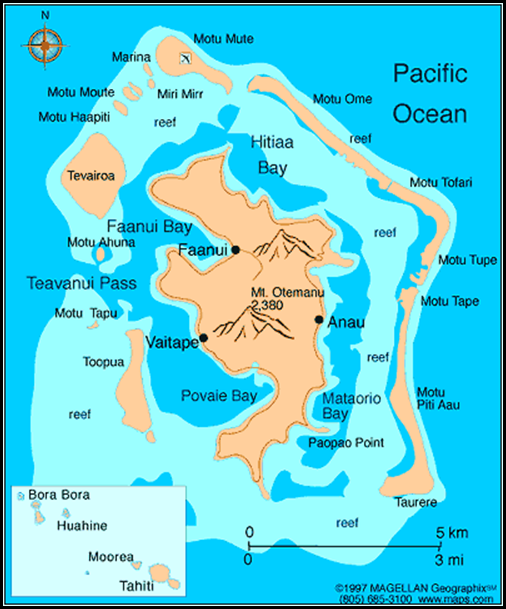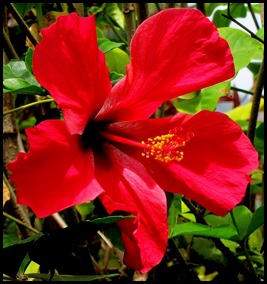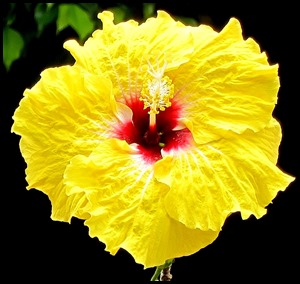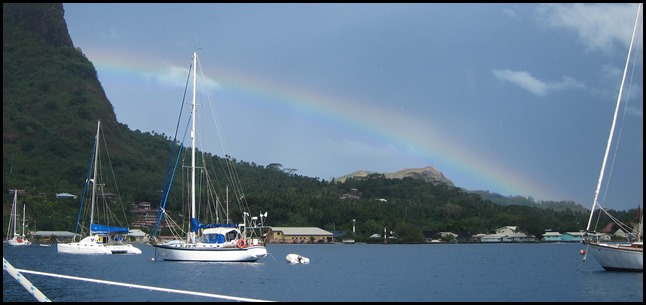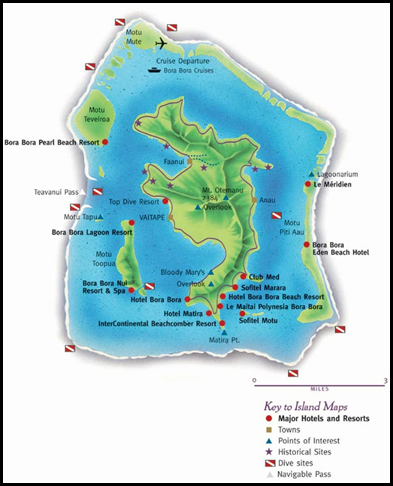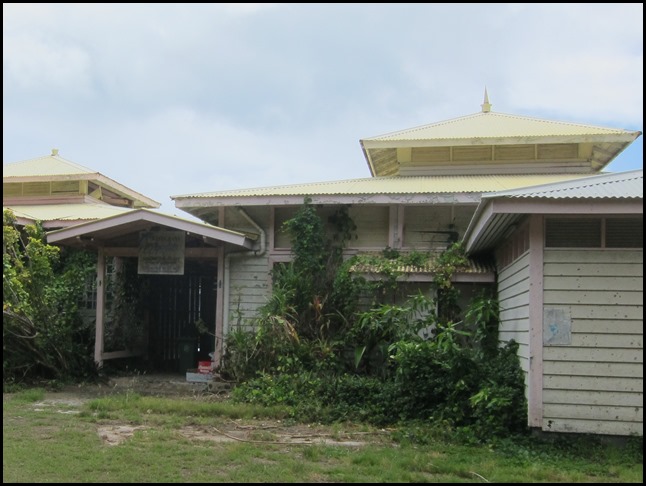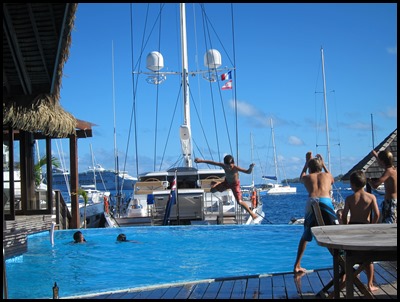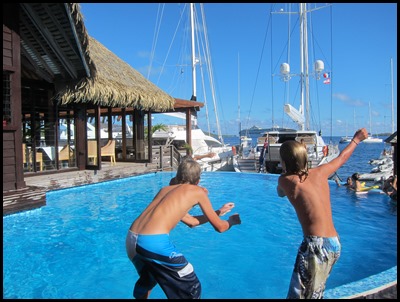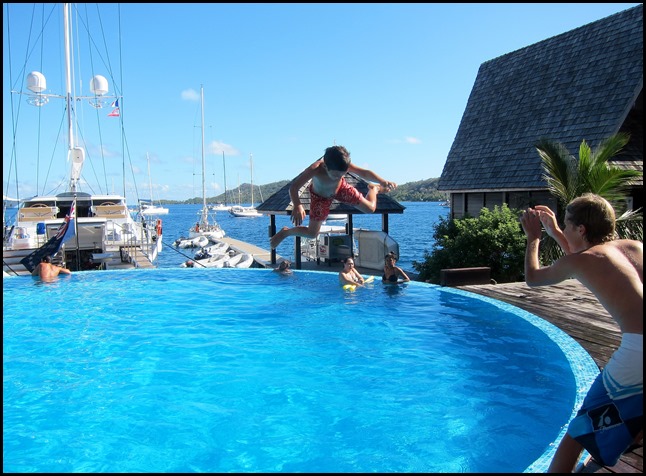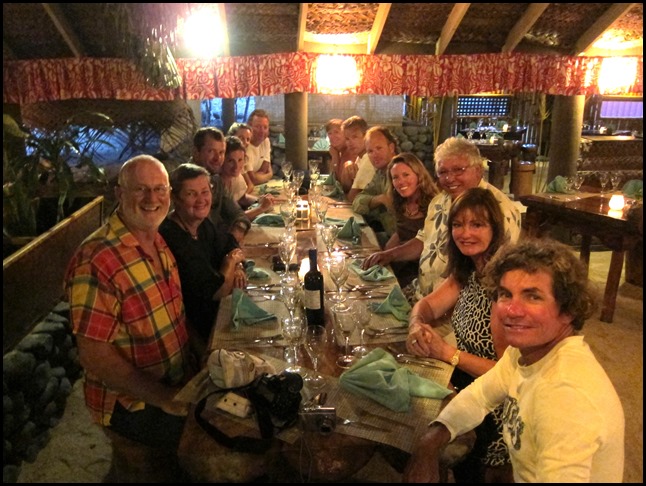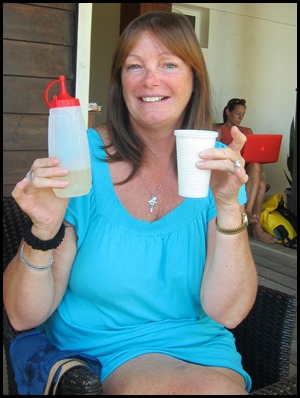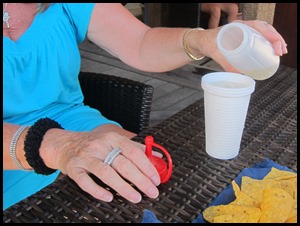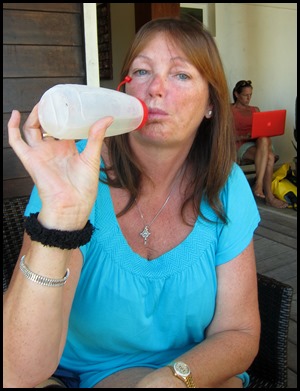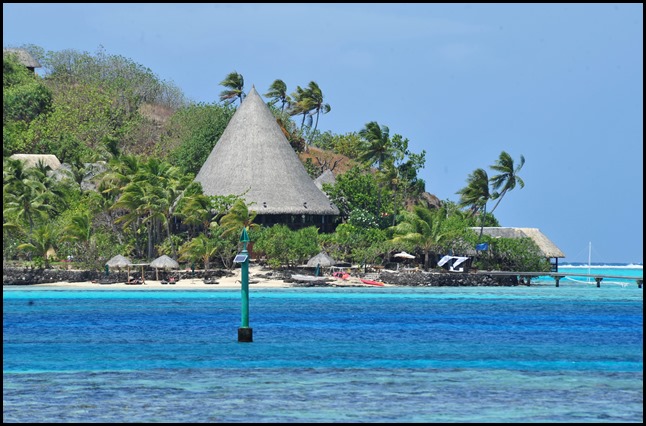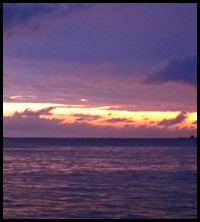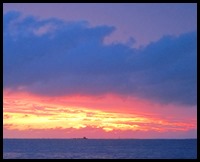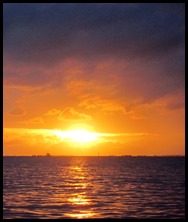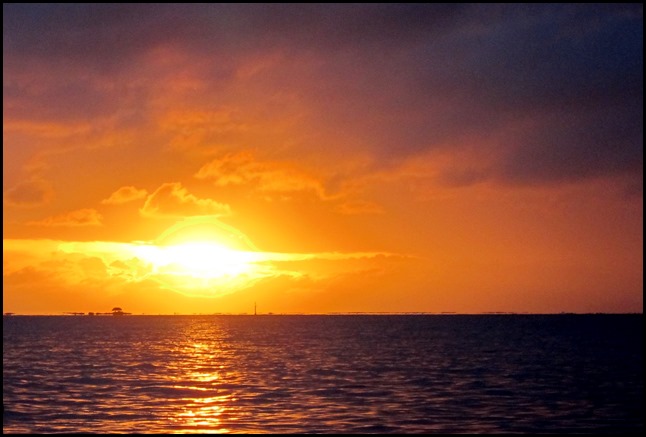Bora Bora

|
Bora Bora or should that be Pora
Pora
Bora Bora is an island in the Leeward group of the Society Islands, an overseas collectivity of France. The island is about 140 miles northwest of Papeete, is surrounded by a lagoon and a barrier reef. In the centre of the island are the remnants of an extinct volcano rising to two peaks, Mount Pahia and Mount Otemanu - the higher of the two at 2,380 feet. Bora Bora is a major international tourist destination, famous for its aqua-centric luxury resorts. The major settlement, Vaitape, is on the western side of the main island, opposite the main channel into the lagoon and our chosen spot for the week, on a mooring ball belonging to Maikai Marina, (not a marina as such). Produce of the island is mostly limited to what can be obtained from the sea and the plentiful coconut trees, which were historically of economic importance for copra. According to a 2008 census, Bora Bora has a permanent population of 8,880.
Etymology: The oldest names for the island are Vavau and also Mai Te Pora, which means Risen from the Darkness or Created by the Gods. The original name of the island in the Tahitian language might be better rendered as Pora Pora, meaning First Born; an early transcription found in 18th- and 19th-century accounts, is "Bolabolla" or "Bollabolla". As there is no 'b' sound in the Tahitian language, hence Pora Pora. However, the discoverers misunderstood and thought the inhabitants said Bora Bora, and the name stuck.
History: The island was first inhabited by Polynesian settlers around the 4th century AD. The first King, Firiamata O Vavau, was a great navigator and an invincible warrior. According to legend he was born from the love of a stone and a cliff. Internal wars for the conquest of the island raged for centuries, the opposing tribes came from three major districts – Nunue, Faanui and Anau. The first European sighting was made by Jakob Roggeveen in 1722. Just before Captain James Cook arrived in 1769, Puni, King of Faanui, brought peace to the island after beating his enemies – King Tapau I and Tapoa II (who married Aimatu, the future Queen Pomare IV in 1822). The London Missionary Society arrived in 1820. Terii Maevarua, Tapoa II’s adopted daughter, reigned from 1860 to 1873, when her niece Terii Maevarua III, took power. She married Prince Hinoi in 1884, divorcing him three years later. Bora Bora became an independent kingdom in 1888 when her last queen was forced to abdicate by the French who annexed the island as a colony. Terii Maevarua III died in 1932.
Commune of Bora Bora: The commune of Bora-Bora is made up of the island of Bora Bora proper with its surrounding islets emerging from the coral reef, 11.3 square miles in total, and of the atoll of Tupai (4.2 square miles), located 12 miles north of Bora Bora.The atoll of Tupai has no permanent population apart from some workers in the coconut plantations. The surrounding islets include: Motu Tapu, Motu Ahuna, Tevairoa, Motu Tane, Motu Mute, Motu Tufari, Motu Pitiaau, Sofitel Motu, Motu Toopua, and Toopuaiti. The commune is in the administrative subdivision of the Leeward Islands and divided into three districts: Vaitape, Faanui, and Anau.
Administration: The administrative centre of the commune is the settlement of Vaitape. The island is part of the commune (municipality) of Bora-Bora, itself in the administrative subdivision of the Leeward Islands.
Tourism: Today the island's economy is driven almost solely by tourism. Over the last few years several resorts have been built on motu surrounding the lagoon. Thirty years ago, Hotel Bora Bora built the first over-the-water bungalows on stilts over the lagoon and today, over-water bungalows are a standard feature of most of the resorts. The quality of those bungalows ranges from comparably cheap, basic accommodation to very luxurious and expensive places to stay. Most of the tourist destinations are aqua-centric; however it is possible to visit attractions on land such as WWII cannons. Air Tahiti has five or six flights daily to the Bora Bora Airport on Motu Mute from Tahiti (as well as from other islands). Public transport on the island is nonexistent. Rental cars and bicycles are the recommended methods of transport, not being up to the bikes we settled for the hire car.
Our take on tourism: We sailed in and our first hotel, with the world famous bungalows on stilts – the Bora Bora Lagoon Resort. Closed and derelict. The Bora Bora Hotel, also one we can’t spell, dead and gone. Club Med we had been told went three years ago. The Sofitel looked somewhat tired compared to the one on Moorea and asked for $50 if we wanted to use their beach and pool but we were allowed in for a coffee.
If you take the pearl shops from the town, there is little else but the Artisanal Market was very good. The town does have a better buzz when cruise ships are in with more shops open. We have never arrived on an island with any preconceived ideas ditto here. If we are pushed to compare - the beauty of Moorea stands out and our favourite Huahine leave Bora Bora standing for friendliness. We ate at the marina once and I had no mains. We ate lunch out with Gordon and Liz (Cattitude) where the ordered pizza came covered in anchovies, the waitress stomped off tutting when asked to replace it. No one smiled, looked welcoming or served with enthusiasm. Our date night at Bloody Mary’s was the same. Not one member of staff smiled. The waitress huffed as we made room for two more on our big table that had plenty of room and we all felt generally unwelcome. Tourism is the bread and butter of the island. Perhaps we, being the captive audience, are fish in a barrel to the staff here on the island. It must be said, the remaining major hotels are not to be included, as we have no experience of them – I spoke to one crew who said the Four Seasons was top drawer for service. Our experience of greeting, definitely Bonjour. The weather has not helped with only two sunny afternoons, one boat described their gray and wet entry as like “pulling in to Aberdeen – that’ll be the Scottish one.”
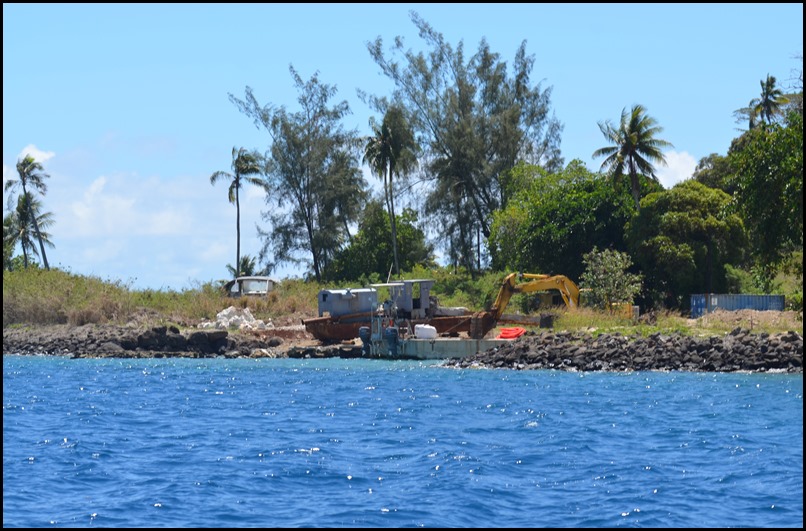 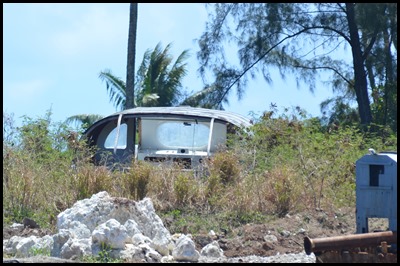
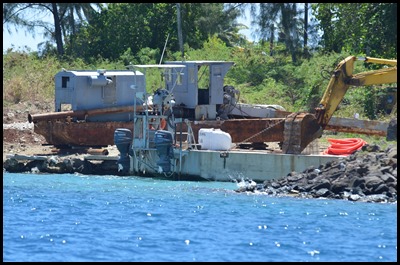
The view from our bedroom window.
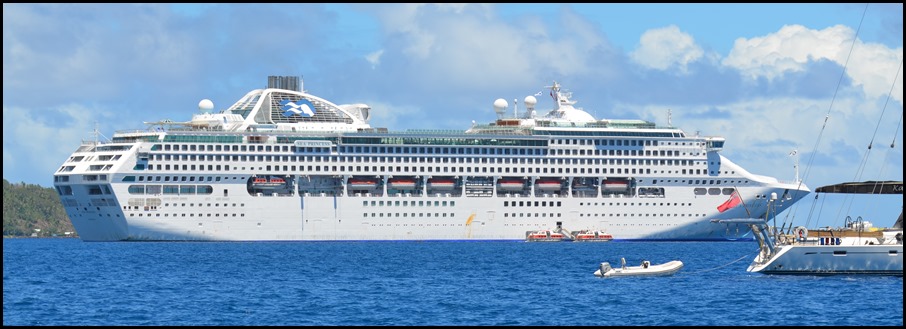
View from the kitchen, once a week.

The view behind Beez. (Can be the town and mountain if we swing that way.)
The rest of the time we have had a rolly anchorage with local boats roaring by, they see great amusement in how far they can make us sway. Bear put his hand up in a ‘slow down’ fashion just in time to save Baby Beez from disappearing under the stern platform, with him on board. The chap did slow down, so nearly all was well – Baby Beez punched out one of the slats on the stern platform........Methinks Bear and Baby Beez were very lucky. Will we be pleased to leave here, yes and no. Off to Maupiti on the morrow at six. If conditions are not fine and flat in the afternoon, we will continue on to the Cook Islands. Bear has summed Bora Bora up. It is past it’s prime.
Seven boats out to supper at Bloody Mary’s.
Having had a whinge, it is after all the people that make a place. We have been to the pool several times in the afternoon and met with such wonderful people. (Find free internet, find loads of yachties, add happy hour at five and there we all are). Boats Almacantar, Beez Neez, Cattitude, Clara, Encore, Irie II, One White Tree, Pacific South, Silhouette, Tribe, Windarra made for a big group of interesting, fun folk.
ALL IN ALL MIXED FEELINGS ABOUT THE ISLAND BUT WE COULDN’T MISS IT OUT OH, ABSOLUTELY NOT
|
